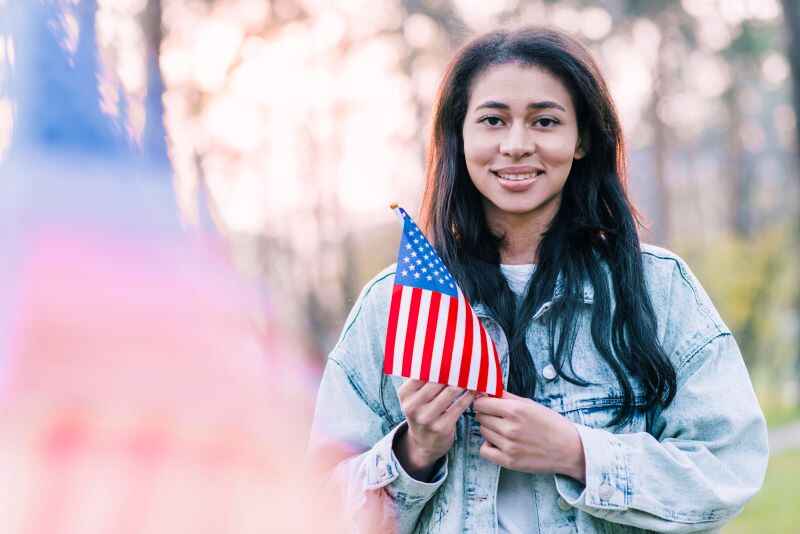Complete Guide to U.S. Student Visas: Types, Applications, and Arrival

Introduction
Navigating the U.S. visa process can be complex for international students. Understanding the different visa types and their requirements is crucial for a smooth transition. The F, J, and M student visas cater to various educational needs, ranging from university studies to exchange programs and vocational training. This blog outlines the key steps and considerations for obtaining a U.S. student visa, from application to post-arrival preparations. Whether you’re planning to study at an accredited college or participate in an exchange program, this guide will help you understand the essential requirements and processes involved in studying in the United States. For personalised guidance and support throughout the process, consider consulting with study-abroad consultants who specialize in U.S. student visas.
Types of Student Visa
There are different Visa types for different educational needs of international students. They are–
- F Student Visa: for study at an accredited U.S. college or university or to study English at an English language institute
- J Exchange Visa: for participation in an exchange program, including high school and university study
- M Student Visa: for non-academic or vocational study or training in the United States
Respicite Tip
Book a session with Respicite Career Counselling Expert in your city to get a deeper understanding of your desired career options.
Before applying for Visa
Before you can apply for an F, J, or M student visa, you must first apply and be accepted by a U.S. institution of higher education that is certified by the Student Exchange and Visitor Program (SEVP). Even when an institution is SEVP-certified and able to issue I-20 and DS-2019 forms for use in visa applications, it may not hold national or regional accreditation. Recognition of course credits and degrees by other institutions and by U.S. and international employers is linked to an institution's accreditation. Once accepted at an SEVP-certified school, you will receive a Form I-20 or DS-2019 from the institution's international student office to present when you apply for your student visa.
Student arrival
It is important to note that two separate U.S. government agencies are involved with international student arrival and status while studying in the United States. The State Department is responsible for the visa application process and issuing the visa. Once a visa holder arrives in the United States, the U.S. Department of Homeland Security then takes over as the responsible agency for entry into the country, as well as issuing and enforcing international student regulations.
Preparing for departure
- Making travel arrangements, Pre-departure orientation, Pre-departure material & document gathering, reporting to school, attending orientations
- Check your new institution's website for additional pre-departure information – health insurance, local temperature, transportation options, housing, etc
Pre-departure orientation – Such sessions are organized before making the travel. Experts & alumni can provide information & resources related to cultural differences, motivation, changes from home environment, academic systems and expectations, housing, and coping. A checklist of activities before departure includes –
- Confirm with your institution when you are expected to arrive on campus to comply with visa regulations.
- Finalizing your health insurance, communication plans with family and friends, emergency plans, and other travel-related items.
- Gathering required documents as everyone arriving in the United States passes through an inspection by U.S. Customs and Border Protection (CBP).
Post-arrival
Report to Your School and Join On-Campus Orientations - U.S. institutions offer a special orientation for international students, in addition to a regular student orientation. New students should attend both as they cover different information. At these orientations, you will meet your Designated School Official (DSO) to check in, complete your required visa information session, and learn more about the institution's international student policies and procedures. Attending these orientations is crucial for all new international students on campus.
